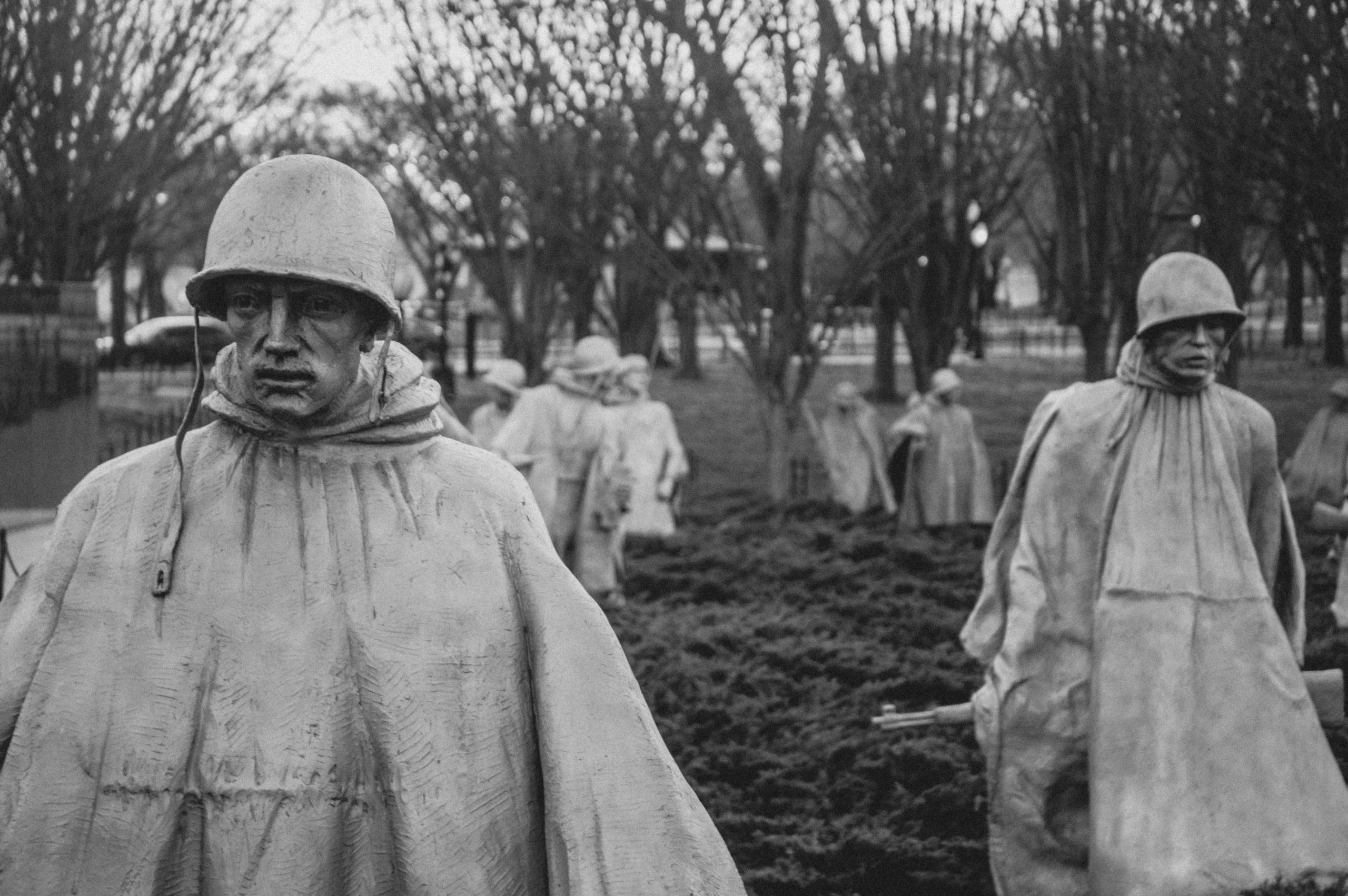 The pandemic has ravaged the world, but no other place is performing worse than the United States. Americans are contending with a politicization of the coronavirus response while the number of diagnosed cases continues climbing past, as of this writing, 7.6 million, and the number of deaths surpassing 214,000.
The pandemic has ravaged the world, but no other place is performing worse than the United States. Americans are contending with a politicization of the coronavirus response while the number of diagnosed cases continues climbing past, as of this writing, 7.6 million, and the number of deaths surpassing 214,000.
To make matters worse, the U.S. is facing a PPE (personal protective equipment) shortage for the public and for medical workers. There is also a lack of infrastructure to administer cheap, effective, and rapid tests to citizens, which bodes terribly for eventual vaccine distribution.
Research and history show, however, that the U.S. federal government has played a major role in the past in catalyzing medical innovation and healthcare development. With the official federal government response taking months, the private sector may be the best hope for citizens to protect themselves.
Medicine in the Civil War
The U.S. government is already set up to regulate and push along healthcare innovation: the FDA approves new treatments, insurance companies figure out which treatments to cover, Medicare covers low-income citizens, the U.S. patent office helps determine pharmaceutical prices and competition, and the NIH and NSF provide grants and funding for medical research. These entities all have a substantial influence on medicine and healthcare in this country, and with more grants, faster patenting, and more experimentation, we could accelerate medical innovation in the U.S.
For the private healthcare sector, the government requires professionals and clinics to follow well-defined quality standards and clear financial incentives. Performance in the private sector depends on the rules and payments structure that government agencies set. But it wasn’t always like this. During the U.S. Civil War, MedTech developers were working on innovating the design and manufacturing of artificial limbs. During wars and pandemics, the need for dramatic and unprecedented levels of care and supplies create faster medical innovations.

For the roughly 70,000 veterans with disabilities who returned home, the U.S. government launched a program called “the Great Civil War Benefaction” for providing prostheses. Federal agencies worked together to examine and certify prototypes, allowing wounded veterans some leeway in choosing an approved product. The government controlled pricing as well: each leg cost $75, and each arm cost $50. Because of the government’s priority of cost, inventors began simplifying the design and costs to manufacture the prostheses. Over time, wounded veterans experienced better functionality, comfort, and pricing.
And the government saw an influx in the number of patents awarded to prostheses applications. 15 patents were approved between 1858 and 1862, and 87 patents were approved between 1863 and 1867. Within five years of the war beginning, prostheses production increased rapidly from five manufacturers selling 350 prostheses in 1860 to 2,020 legs and 1,441 arms sold in 1865. By 1870, there were 24 manufacturers producing prostheses.
Medical Innovation Today
In modern times, most economics research into medical innovation has been focused on pharmaceuticals. When the government gets involved, for example, by introducing guidelines, policies, and mandates, profits and innovation accelerate. Vaccine development rates have increased and so have profits and clinical trial activity.

Another case study revolves around the introduction of a drug benefit in Medicare programs. It accelerated pharmaceutical research for diseases that impact elderly people. When the government invests money to provide incentives for research, research shows that diseases in robust or expanding drug markets get more research and attention. Drug development also ebbs and flows with the number of incentives given out by the patent system. When, for example, insurers exclude drugs for a particular disease, R&D typically slows down greatly for that disease.
The Main COVID-19 Blocker? The Government
Many critics and citizens of the U.S. government say that the government has not provided any certainty, inspired any confidence, or pushed along innovation as well as it should have. With a vague plan that became politicized quickly, the government stopped states and the private sector from initiating their own research and development, which has, in turn, stymied the national response.
When the pandemic first began, the government worked closely with private companies, like 3M, to product N95 masks and ventilators. But there was no guidance for state and medical officials about who would get that equipment from the federal government or when. Of course, the national government also started explicitly favoring Republican states over Democratic states for federal aid in both money and PPE.
Early testing planning was also thwarted by the FDA when states were trying to design and implement new testing infrastructure, supported by private companies like the Seattle-based Gates Foundation. The federal government further blocked progress by rejecting tests manufactured in other countries as well as refusing to rollout testing kits early and often. Even though it’s been months since the pandemic hit America, citizens still can’t get fast access to a COVID-19 test. They must wait a few days for their test appointment, possibly travel to a new town or area, and wait another week or so before receiving test results. That, by itself, makes it difficult to track the disease and get it under control.
Clearly, the government has to play a bigger, more well-informed role in fighting the pandemic. Experienced officials must be respected and their advice followed closely. Masks and other PPE must be distributed equally, fairly, and quickly. Testing must be rapid, and results need to be returned faster. If that requires hiring and training more lab technicians, so be it. There needs to be bigger financial incentives for companies to research and innovate new solutions for PPE shortages, vaccination testing, and faster testing.
Progress Is Still Possible
It’s not too late for the U.S. federal government to turn around its performance from the last six months. There are still myriad opportunities to improve PPE distribution, funding allocation, school reopening policies, testing infrastructure, the messaging around mask-wearing, and social distancing. By setting clear incentives and standards, science can prevail over the pandemic, and we can possibly save many more lives than we previously thought possible.
Have you taken a COVID-19 test? How was the experience for you? Let us know in the comments below!





